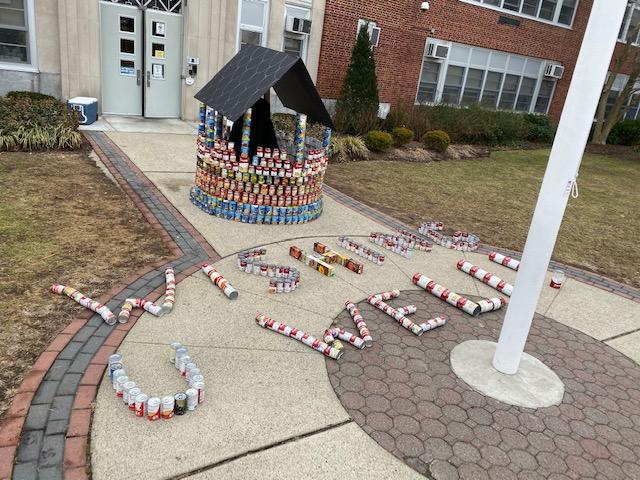If you want to be strong, you need to work your muscles – focusing on one at a time as you build your overall strength.
That’s how Somerville Elementary School Principal Lorna Oates-Santos wants her students to think about Choose To Be Nice. Every month, they focus on exercising one of nine Choose To Be Nice muscles.
 “This month we’re talking about honesty. I explain to the students that if your honesty muscle is strong, then it’s easy to Choose To Be Nice,” she said.
“This month we’re talking about honesty. I explain to the students that if your honesty muscle is strong, then it’s easy to Choose To Be Nice,” she said.
The suburban school in Ridgewood, New Jersey, which is not far from New York City, launched the Choose To Be Nice school program three years ago. That year, another school in the district, Orchard Elementary School, also started the program. Since then, the district’s other elementary schools have joined, along with its two middle schools.
“It has become the fabric of our school,” Oates-Santos said. “I used to change the theme every year, but now we’re just a ‘Choose To Be Nice’ school. It’s who we are. It underlies everything we do.”
“What I love is the simplicity of the message,” Oates-Santos said. “Sometimes, we can make things overly difficult for children to access by getting into a lot of details. But Choose To Be Nice is a good message for children all the way from preschool through adulthood.”
At the beginning of every month, one of the program’s nine values is introduced at an all-school assembly that is designed to build a strong community. New staff and students are introduced, students perform, and a book related to the value of the month is presented. This is also a time to recognize students who have been “caught” being nice. Anyone can nominate anyone for recognition, Oates-Santos explained.
The nine Choose To Be Nice values include respect, kindness, acceptance, teamwork, honesty, responsibility, friendship, patience, and courage.
Even though the students range in age from kindergarten to fifth grade, they use the same book of the month. For honesty, it was Ruthie and the Not So Teeny Tiny Lie. Teachers are given discussion questions along with other classroom activities related to the value that are included in the Choose To Be Nice program resources.
“The teachers add so much to get students thinking about the book and what it means for them. Even for fifth graders, a simple children’s book can spark a great conversation,” Oates-Santos said.
The Choose To Be Nice program was a natural fit for the school, which has a deep tradition of community service and parental involvement. For instance, there’s a dads’ group, which has for many years put on a talent show to raise money for special projects around the building.

Choose To Be Nice has become a focal point for the school’s outreach activities such as collecting cans for “Souper Bowl Sunday.” For that project, the students were promised a “canstruction” if they could collect more than 500 cans. They did. And as a result, they were greeted with a giant wishing well made out of all the cans they had collected before they were donated to the Ridgewood Food Pantry.
The can collection initiative came from students, as do most of the outreach projects at the school. One being rolled out now involves setting up a table at lunch where students can leave food items they don’t want for others who might still be hungry.
“We want to empower our students to take on these activities,” Oates-Santos said. “They’ve got great ideas and we’ve seen how they will step up when given the chance.”
During the month when the value was acceptance, a group of fifth-grade girls took it upon themselves to write an ebook about the concept. They proudly presented it to their principal to share when they were done.
“I am just amazed at their creativity and how much they really embrace these concepts,” Oates-Santos said. “Our goal is to encourage empathy in our students and we’re seeing that happen.”

Beyond the actions of the students, the Choose To Be Nice program has provided a common language that helps individuals work through issues.
“The common language has been very powerful. Students still make mistakes, but when they come in, it’s a really easy conversation. There is this basic language we can use,” Oates-Santos said. “It’s a simple language that helps you boil the message down into something meaningful and developmentally appropriate.”
Interested in becoming a Choose To Be Nice School?
{{cta(’73cb36ad-48d6-481c-9a6b-6be28570cfdb’,’justifycenter’)}}

